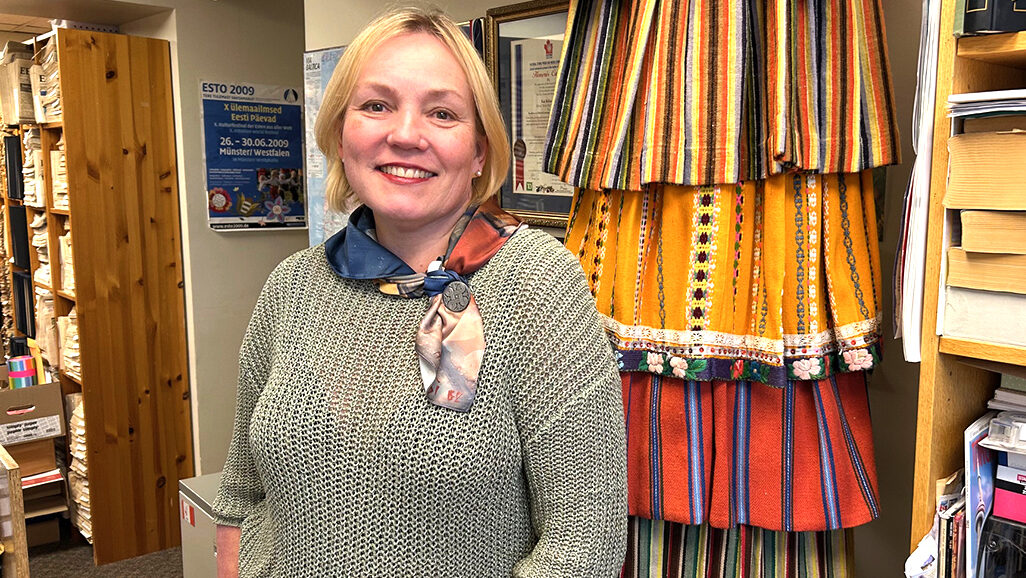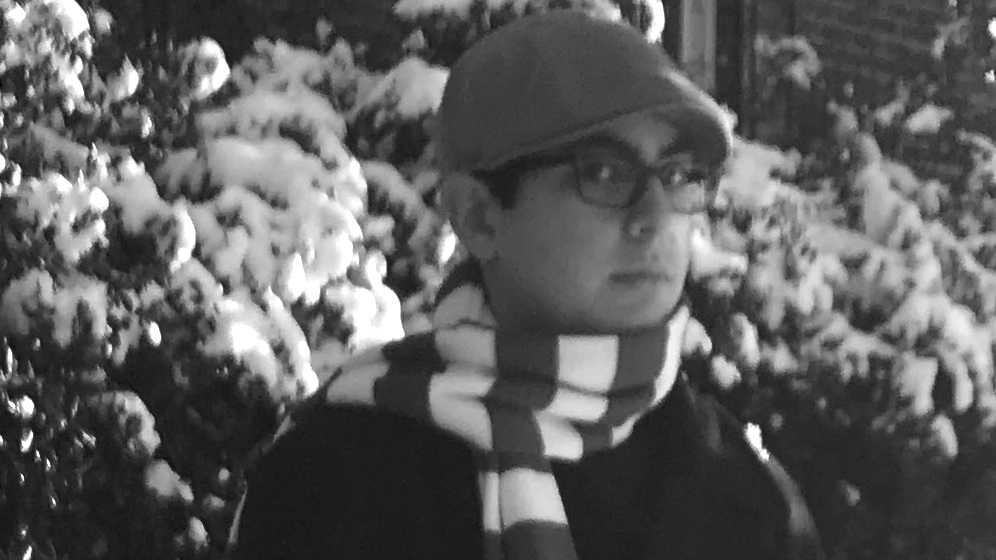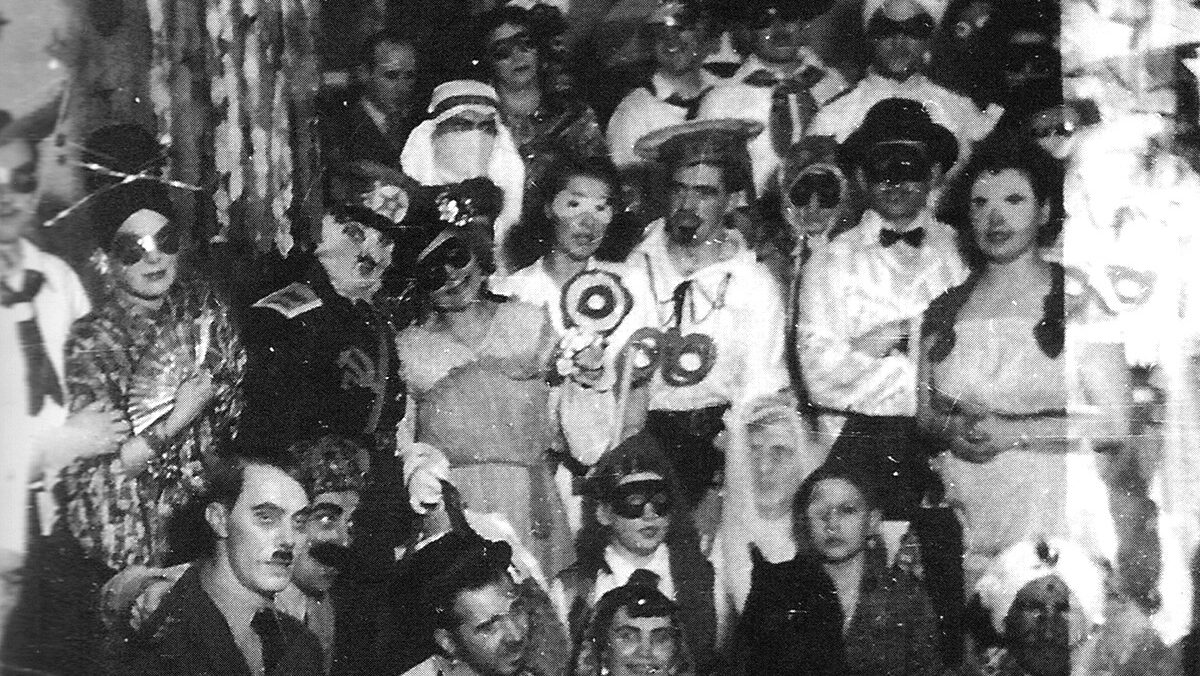(Part one of the series starts here)
Funded primarily through institutional grants and bolstered by collaborations with external entities like VISX and SERI, the project overcame initial skepticism through pivotal factors including supportive leadership from Professor Mark Blumenkranz, funding diversification, and scientific breakthroughs.
Central to our success was the discovery of a double network hydrogel by Dr. Yin Hu, underpinning our artificial cornea innovation and yielding patentable advancements. Collaboration with promising talents like David Myung, whose journey from history major to PhD candidate exemplified academic and entrepreneurial synergy, further enriched our research trajectory. David’s subsequent entrepreneurial success with Hyalex underscored the project’s impact beyond academia.
With a small group of scientists and engineers we submitted a dozen patents for new inspection technology.
Following a decade at Stanford, marked by significant research output and advancement towards clinical trials, I concluded my tenure in 2010, pivoting towards new professional horizons while the artificial cornea initiative continued to evolve under medical supervision.
Consulting
Other opportunities came along. From 2015 to 2018 I was a consultant for ZebraSci Corporation, a start-up located in Temecula, California. ZebraSci designed and manufactured inspection equipment for medical devices using refraction technology to look for defects. With a small group of scientists and engineers we submitted a dozen patents for new inspection technology. Unfortunately, as often happens with start-ups, ZebraSci ran into financial difficulties and I left the company.
A positive side of this venture is that I made friends with a brilliant young computer scientist, Luke de Ruyter, who lives in Riverside, California. Luke and I collaborate to this day on using focused ultrasound to look for and remove brain tumours.
If you really believe in something, never give up, no matter how dire the circumstances.
Epilogue
My lifetime of research has produced over 300 articles and patents in physics, chemistry, biology, engineering, biotechnology, and medicine, with over 14,000 citations. Recognition has come in the form of awards and invitations to prestigious institutions. The work I am most proud of involved contributions to improving human life, such as better tools in biology (gel electrophoresis) and using polymers to make human body parts (artificial cornea).
None of this would have been possible without my wife Kristina.
Every person is unique and every career is different, so it is difficult to give advice to young people, but some things come to mind. If you really believe in something, never give up, no matter how dire the circumstances. In an article to young scientists James Watson says “Avoid stupid people” and “Take risks, but have a fallback position so you can still pay your bills.” To quote the great Russian poet Boris Pasternak: “Life is not so simple as crossing a field.”



